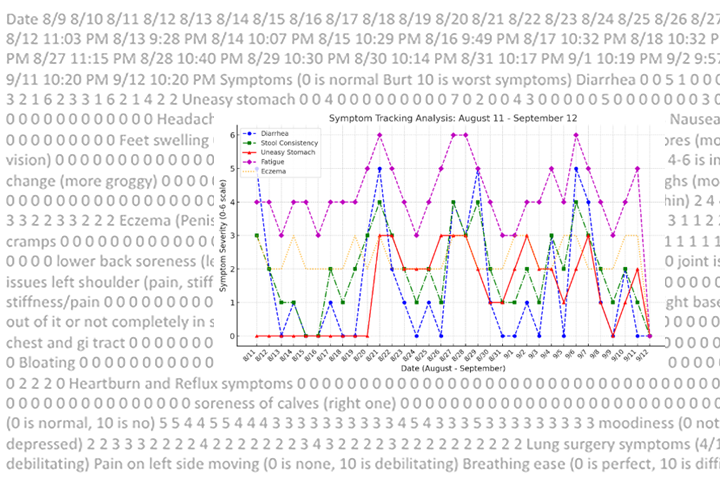A New Treatment for Progressive Metastatic Pancreatic Cancer

Could a novel drug provide a new second-line therapy for metastatic patients previously treated with gemcitabine?
Pancreatic cancer cells have voracious appetites, gobbling up glucose at a higher rate than normal cells in order to fuel their outsized cell growth and division.
By linking a chemotherapy agent to a glucose molecule, researchers have come up with a novel way to deliver drugs to cancer cells more efficiently while reducing toxicity to normal cells. This combined molecule (or drug conjugate) is now being tested as a potential second-line treatment for patients with metastatic pancreatic adenocarcinoma which has progressed on the standard gemcitabine-based first-line regimen.
A Better Drug to Enter Cells
The chemotherapy agent ifosfamide is coupled to a glucose molecule to form glufosfamide. This combined molecule is better able to enter cells and thus bring chemotherapy to the tumor more efficiently.
The drug conjugate glufosfamide has been evaluated in several other clinical trials, where it showed promising activity in a number of cancer types (including colon, breast, and gallbladder); it has also received orphan drug designation from the European Commission for the treatment of pancreatic cancer.
How the Trial Works
The phase III randomized study is for patients with metastatic pancreatic cancer who were previously treated with gemcitabine. The trial will measure the efficacy and safety of glufosfamide compared with the common fluorouracil (5-FU) chemotherapy drug, looking at overall survival.
We encourage you to consult your physicians for clinical trials that may be right for you. The website ClinicalTrials.gov provides more details about this trial as well as many others. You can visit the Let’s Win Trial Finder for a list of all active pancreatic cancer clinical trials.






